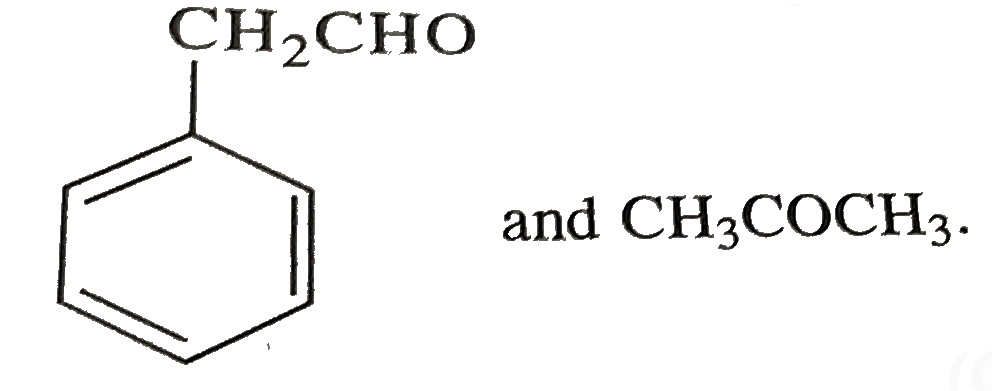Explain the features that distinguish between the two
Plasma and serum
To distinguish between plasma and serum, we can break down the features into a step-by-step explanation:
Step 1: Definition of Plasma
Plasma is the liquid component of blood that remains after the blood cells (red blood cells, white blood cells, and platelets) have been removed. It constitutes about 55% of total blood volume and is primarily composed of water, electrolytes, proteins, hormones, and waste products.
Step 2: Definition of Serum
Serum is the liquid that remains after blood has clotted. It is essentially plasma without the clotting factors. When blood is allowed to clot, the clotting factors, such as fibrinogen, are consumed in the clotting process, leaving behind serum.
Step 3: Composition Differences
- Plasma Composition: Plasma contains clotting factors (like fibrinogen), proteins (such as albumin and globulins), electrolytes, nutrients, hormones, and waste products.
- Serum Composition: Serum contains all the components of plasma except for the clotting factors. Therefore, it has proteins, electrolytes, nutrients, hormones, and waste products, but lacks fibrinogen and other clotting proteins.
Step 4: Functionality
- Function of Plasma: Plasma plays a crucial role in blood clotting, transporting nutrients, hormones, and proteins to the parts of the body that need it. It also helps maintain blood pressure and volume.
- Function of Serum: Serum is used in various diagnostic tests and research because it contains antibodies and other proteins that can indicate the presence of disease or infection.
Step 5: Collection Process
- Plasma Collection: Plasma is collected by using an anticoagulant (a substance that prevents blood from clotting) during the blood draw.
- Serum Collection: Serum is collected by allowing blood to clot naturally and then centrifuging it to separate the liquid from the clot.
Summary of Key Differences
1. Clotting Factors: Plasma contains clotting factors; serum does not.
2. Collection Method: Plasma is collected with anticoagulants; serum is collected after clotting.
3. Usage: Plasma is used for transfusions and maintaining blood volume; serum is used for diagnostic tests.
Plasma is the liquid component of blood that remains after the blood cells (red blood cells, white blood cells, and platelets) have been removed. It constitutes about 55% of total blood volume and is primarily composed of water, electrolytes, proteins, hormones, and waste products.
Serum is the liquid that remains after blood has clotted. It is essentially plasma without the clotting factors. When blood is allowed to clot, the clotting factors, such as fibrinogen, are consumed in the clotting process, leaving behind serum.
- Plasma Composition: Plasma contains clotting factors (like fibrinogen), proteins (such as albumin and globulins), electrolytes, nutrients, hormones, and waste products.
- Serum Composition: Serum contains all the components of plasma except for the clotting factors. Therefore, it has proteins, electrolytes, nutrients, hormones, and waste products, but lacks fibrinogen and other clotting proteins.
- Function of Plasma: Plasma plays a crucial role in blood clotting, transporting nutrients, hormones, and proteins to the parts of the body that need it. It also helps maintain blood pressure and volume.
- Function of Serum: Serum is used in various diagnostic tests and research because it contains antibodies and other proteins that can indicate the presence of disease or infection.
- Plasma Collection: Plasma is collected by using an anticoagulant (a substance that prevents blood from clotting) during the blood draw.
- Serum Collection: Serum is collected by allowing blood to clot naturally and then centrifuging it to separate the liquid from the clot.
1. Clotting Factors: Plasma contains clotting factors; serum does not.
2. Collection Method: Plasma is collected with anticoagulants; serum is collected after clotting.
3. Usage: Plasma is used for transfusions and maintaining blood volume; serum is used for diagnostic tests.
Topper's Solved these Questions
- Body Fluids and Circulation Book:NCERT EXEMPLAR ENGLISHChapter:Body Fluids and Circulation Exercise:LONG ANSWER TYPE Q
Explore 5 Videos
- Body Fluids and Circulation Book:NCERT EXEMPLAR ENGLISHChapter:Body Fluids and Circulation Exercise:VERY SHORT ANS.TYP.Q
Explore 12 Videos
- BIOMOLECULES Book:NCERT EXEMPLAR ENGLISHChapter:BIOMOLECULES Exercise:Long Answer Type Questions
Explore 5 Videos
- BREATHING AND EXCHANGE OF GASESBook:NCERT EXEMPLAR ENGLISHChapter:BREATHING AND EXCHANGE OF GASESExercise:SATQ
Explore 7 Videos
Similar Questions
Write test to distinguish between

View SolutionA test cross distinguishes between :
View SolutionDistinguish between thrust and pressure.
View SolutionDistinguish between the following pairs:
View SolutionDistinguish between heterochromatin and euchromatin.
View SolutionDifferentiate between Plasma and serum
View SolutionExplain features of generations
View SolutionExplain the terms:
Serum
View SolutionIf the same note is being played on two different musical instruments, our ears can distinguish between the two sounds.
View SolutionDistinguish between :
IRV and ERV
View Solution

